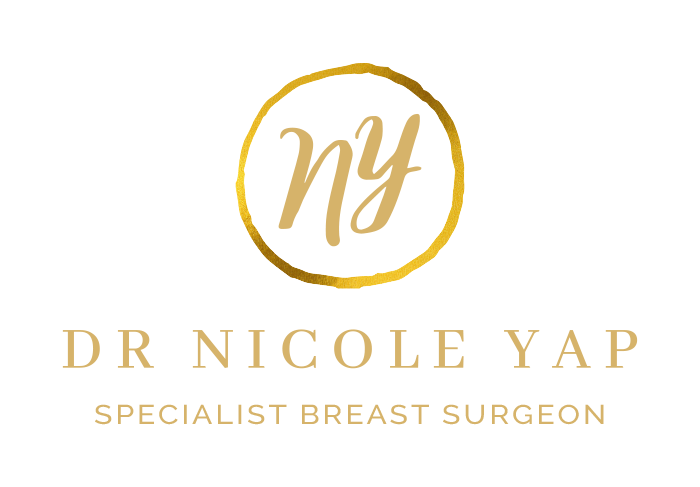Endocrine Management
Hormone therapy for breast cancer is a treatment for breast cancers that are sensitive to Oestrogen, Progesterone and Her-2. Approximately 75% of breast cancers are hormone positive in post-menopausal women Cancers with receptors to these hormones will grow when these hormones attach to the receptors.
Hormone therapy tends to reduce the amount of these circulating hormones and/or prevent attachment to receptors which in turn will reduce growth of the cancer.
Hormone therapy for breast cancer is therefor used after surgery to reduce the risk that the cancer will return. It decreases the risk of cancer developing in other breast tissue. It can also be used prior to surgery, or instead of surgery in those who are not medically fit for surgery, to shrink the tumour. It can also assist with controlling metastatic disease which is spread of the cancer to other parts of the body.
Medications used are:
Tamoxifen attaches to the hormone receptors in breast cancer cells, and stops the cancer from accessing the hormones required for multiplication and growth.
Tamoxifen can assist both women and men to lower the risk of recurrence of breast cancer, as well as those who have a mutated breast cancer gene or extremely strong family history of breast cancer. It decreases breast cancer recurrence in premenopausal women by 30% to 50%, and post menopausal women by 40% to 50% Recurrence reduction by 40%, and breast cancer in the opposite breast by 50%.
These affects have been proven up to 10 years of continuous treatment of 1x tablet (20mg) a day.
Side effects include menopausal symptoms including night sweats, vaginal dryness, wight gain, irregular or loss of menstrual cycle, nausea, vaginal discharge, skin rash, deep vein thrombosis, endometrial cancer, cataracts. Birth defects can also occur and hence Tamoxifen is avoided during pregnancy.
Aromatase Inhibitors include Anastrozole, Letrozole and Exemestane. These are used in post menopausal women and act in fat tissue and adrenal gland, to decrease Oestrogen levels by blocking an enzyme called Aromatase. Aromatase inhibitors are given orally once a day. Current research suggests that the benefit continues for at least 10 years.
Side effects include higher rate of osteoporosis and hence a greater incidence of pathological bone fractures.
Treatments to stop Ovarian function in Pre Menopausal women include:
- Surgery to remove the ovaries (oophorectomy).
- 3 monthly subcutaneous medication such as Gorserelin (Zoladex), which stops the function of the ovaries.
Targeted therapy occurs in those who test receptor positive for Her-2 in 25% of all breast cancers. Herceptin (Transtuzumab) can be used to treat Her-2 positive breast cancer. It works by attaching itself to the Her2 receptors on the surface of breast cancer and blocking them from receiving growth signals. It also alerts the immune system to destroy cancer cells onto which it is attached. These actions allow Herceptin to slow or stop the growth of breast cancer.
It is best given intravenously every three weeks, but in certain circumstances can be injected subcutaneously. Its effectiveness is improved when given in conjunction with a chemotherapy agents, Pertuzumab and Docetaxel.
The main side effect of Herceptin is decreasing cardiac (heart) function by weakening the heart muscle and therefore regular three monthly Echocardiogram which is similar to an ultrasound of the heart and tests the heart function, is performed whilst receiving treatment. Herceptin should not be given to pregnant women.
